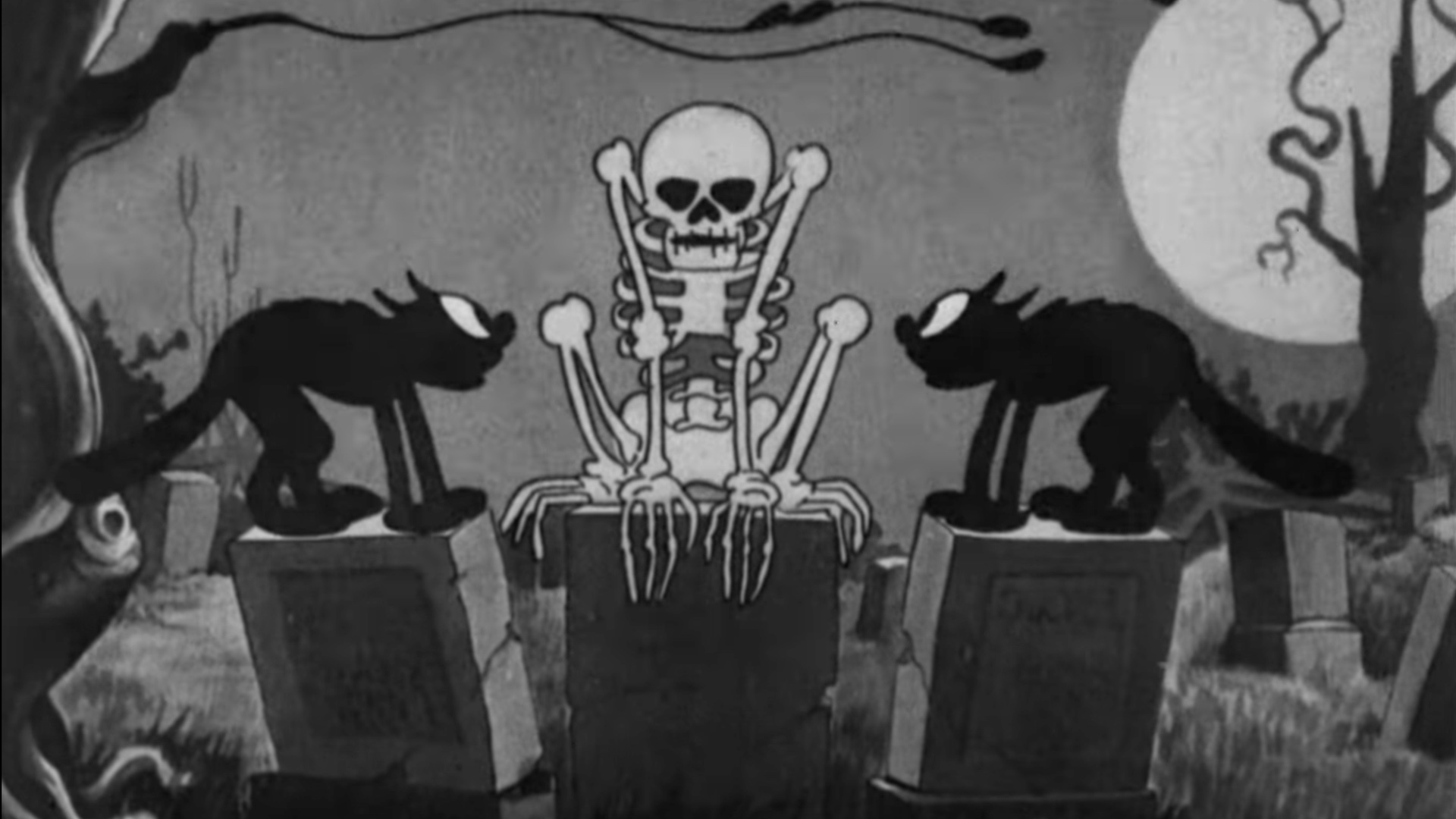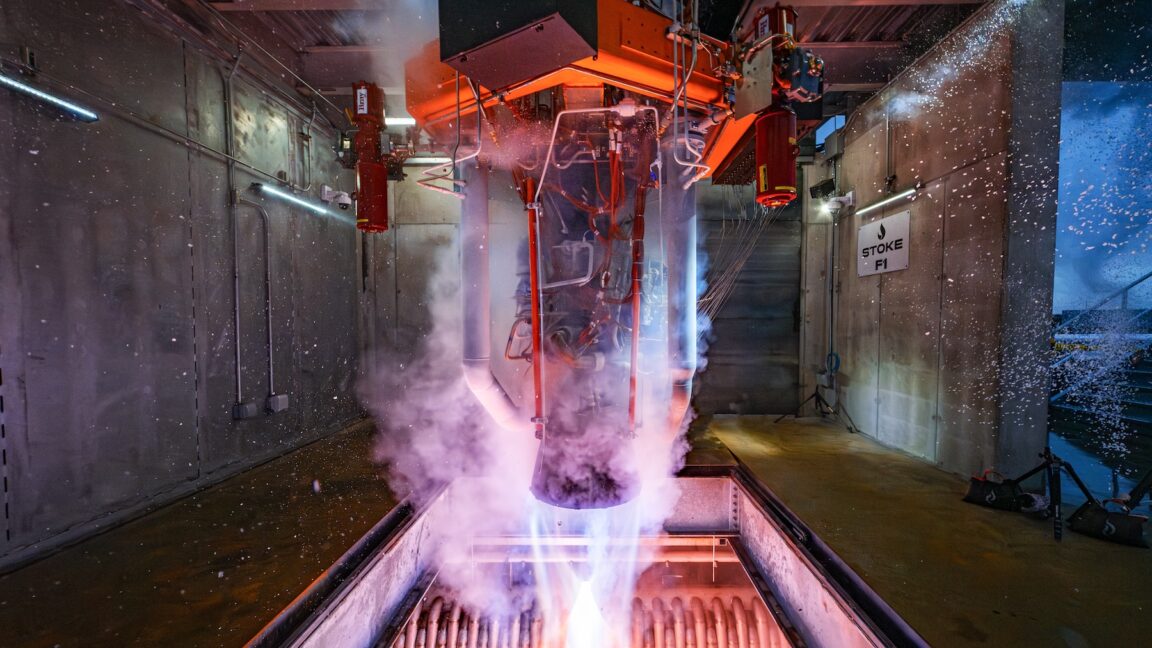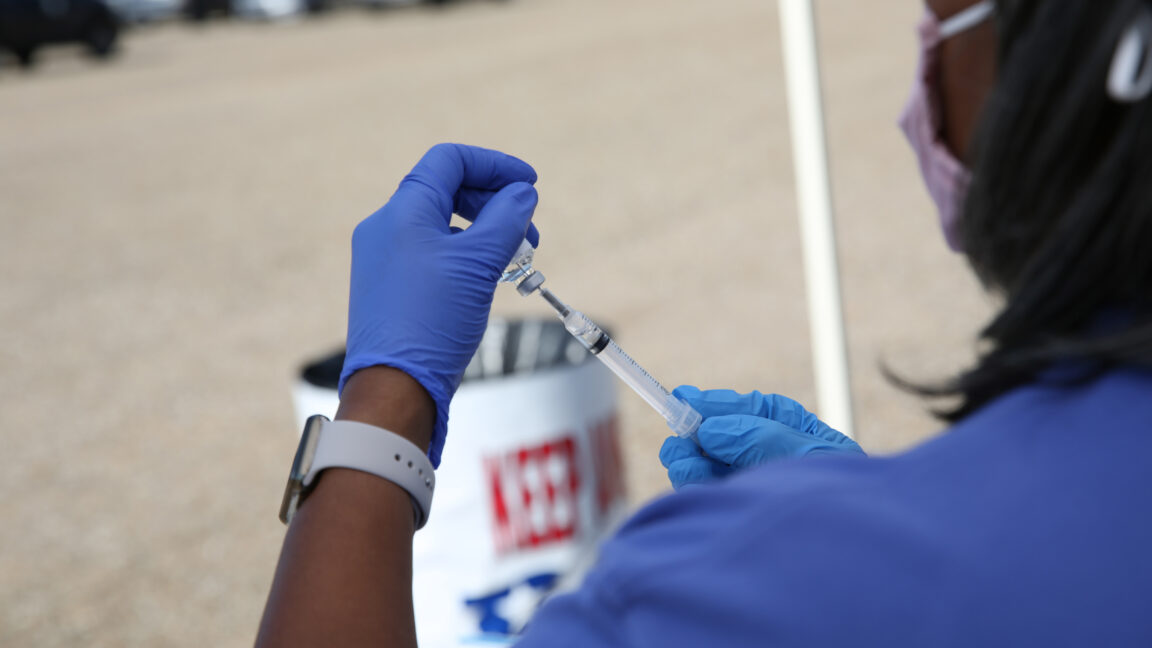Baseball-Sized Bladder Stone Found Inside Woman

A bladder stone the size of a baseball—and with growth rings inside it just like a tree trunk—was spotted inside a 72-year-old woman.
The woman, who has been paralyzed from the chest down for 30 years, went to the hospital in China after she started peeing blood, according to a case report in the New England Journal of Medicine.
The doctors suspected a bladder stone; however, upon investigating using ultrasound, found that the stone was an enormous oval, measuring about 2.4 inches by 3.1 inches by 3.5 inches. For comparison, the average baseball is about 2.9 inches across.
"An abdominal ultrasound had identified a bladder stone," the doctors wrote in the case report. "Physical examination was notable for mild tenderness and a palpable mass."
The woman was also discovered to have several bladder diverticula, which are small pockets or pouches in the bladder wall.










